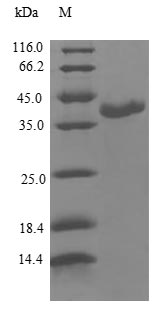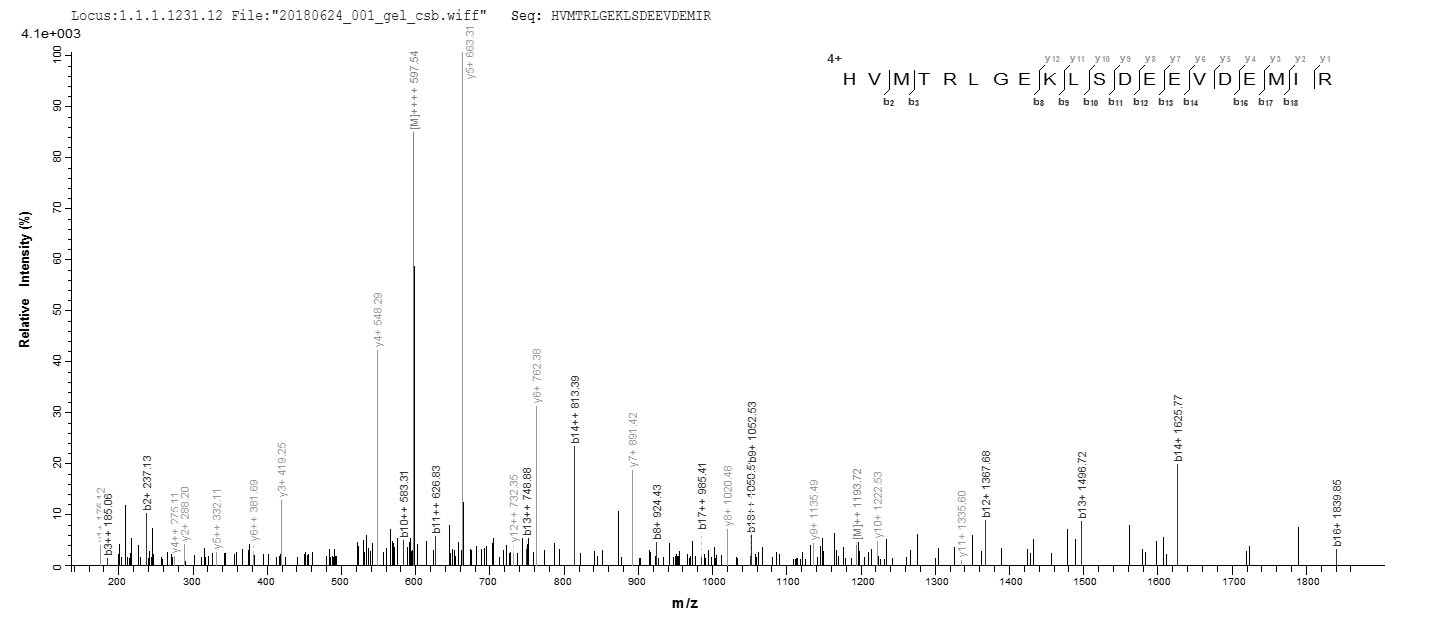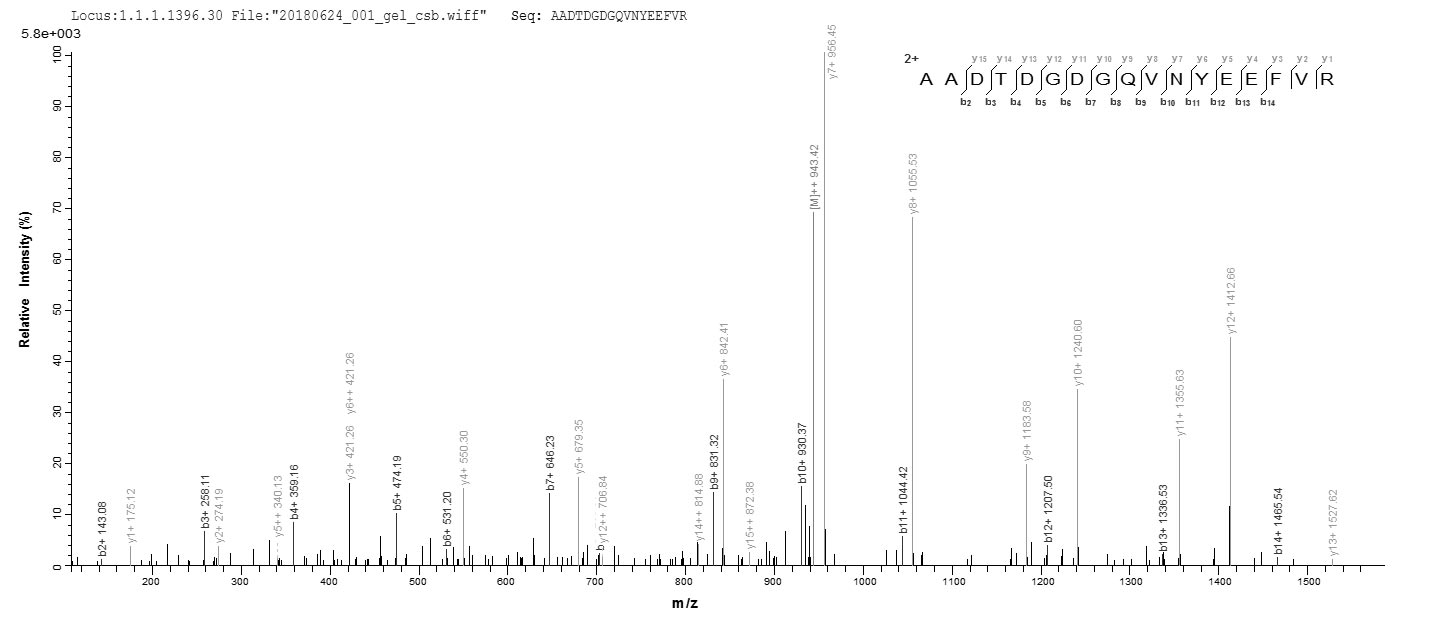The region for expressing recombinant Human CALML3 contains amino acids 1-149. The calculated molecular weight for this CALML3 protein is 43.9 kDa. This protein is generated in a e.coli-based system. The N-terminal GST tag was fused into the coding gene segment of CALML3, making it easier to detect and purify the CALML3 recombinant protein in the later stages of expression and purification.
One of the primary research areas for Calmodulin-like protein 3 (CALML3) is cellular signal transduction and regulation. CALML3 serves as a mediator and modulator of calcium signals within cells, participating in the regulation of various cellular processes, including cell proliferation, differentiation, and apoptosis. In cancer research, the expression of CALML3 is associated with the occurrence and development of various tumors. Scientists are delving into understanding the specific functions of CALML3 in cancer cells to identify new approaches for cancer treatment. Additionally, CALML3 is implicated in research related to the cardiovascular system. Its regulatory role in cardiac muscle cells may play a crucial role in the onset of cardiovascular diseases. Relevant studies contribute to revealing the precise functions of CALML3 in cardiovascular health and disease.








